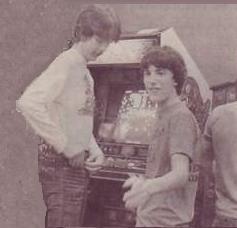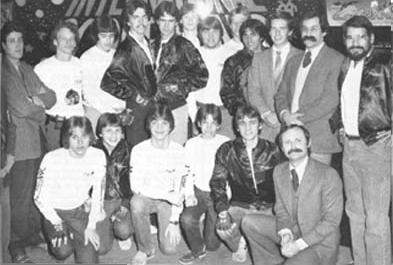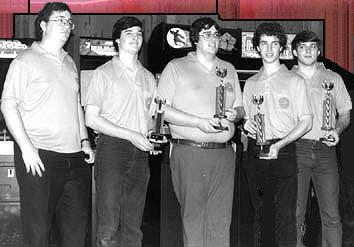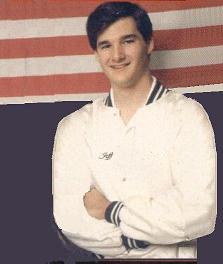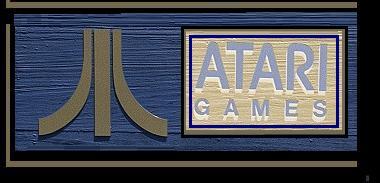Video Game Golden Age
History Of Twin Galaxies and the Golden Age
[Time Line] [History] [Classics]
[Coin-Op World Records]
Back to Golden Era Index
[Time Line] [History] [Classics]
[Coin-Op World Records]
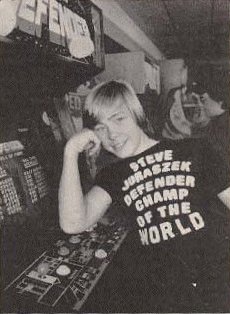
Twin Galaxies Ottawa, Illinois - Video Game Capital of the World Video Game Heroes First International Scoreboard Contest January 12-13, 1985 - 2nd Annual Coronation Day/ 3rd Annual Inventational Player of the Year Contest Home Entertainment Systems Stifle Arcades End of Golden Age - January 5, 1986 Can A High Score Be Faked or Stumbled on to? In 1987 Guinness Book Stops Publishing Video Game High Scores [Golden Years Index] [Coin-Op World Records] |



